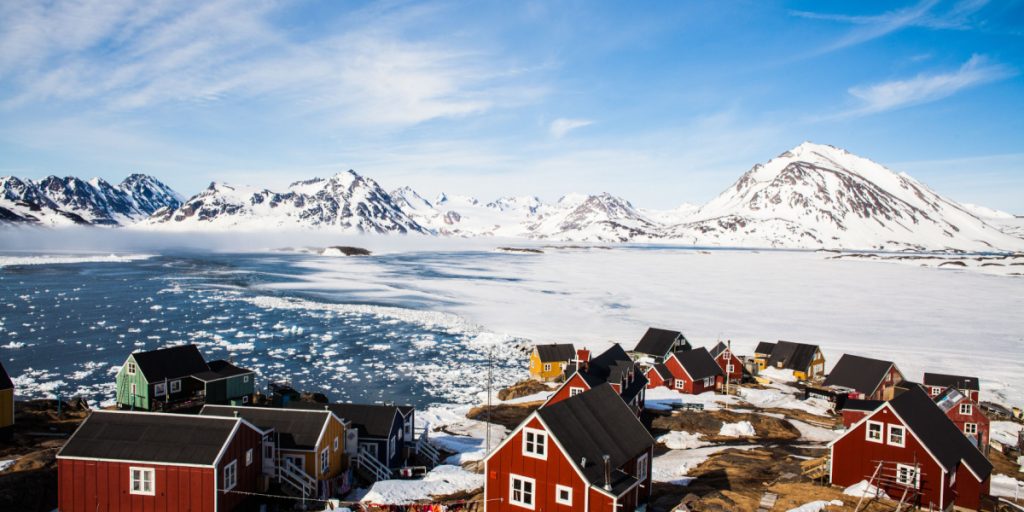According to the researchers behind the study, it may be necessary to rethink our understanding of the ice.
Others are reading now
Researchers from the Geological Survey of Denmark and Greenland (GEUS) have discovered that the Greenland ice sheet is moving between 5 and 15 percent faster than it did in 1959.
This finding, from a study tracking ice movement near the Sermeq Kujalleq glacier in West Greenland, suggests it may be necessary to reassess our understanding of ice dynamics.
Accelerated Movement
The study, conducted 100 kilometers inland from the edge of the ice sheet, challenges previous assumptions about the ice’s stability.
Also read
“We assumed that the ice in the middle was slower to respond, but our new measurements show that this is not the case in that area,” said Anja Løkkegaard, a postdoc at GEUS and the lead author of the study.
The increased speed of the ice sheet movement suggests unknown mechanisms at play in how the ice responds to global warming. The precise reasons for this acceleration remain unclear, though researchers speculate that “creep stability” could be a contributing factor.
Creep stability refers to the flow of ice as ice crystals shift within its structure, a process occurring deep within the ice that is challenging to study directly.
Implications for Sea Level Rise
The implications of these findings are significant for predicting future sea level rises. Faster-moving ice could lead to quicker rates of ice entering the ocean, subsequently raising global sea levels.
“If we can determine why this is happening with greater certainty, we could pinpoint where in the ice it occurs, and what it means for the future development of the ice sheet,” Løkkegaard added.


